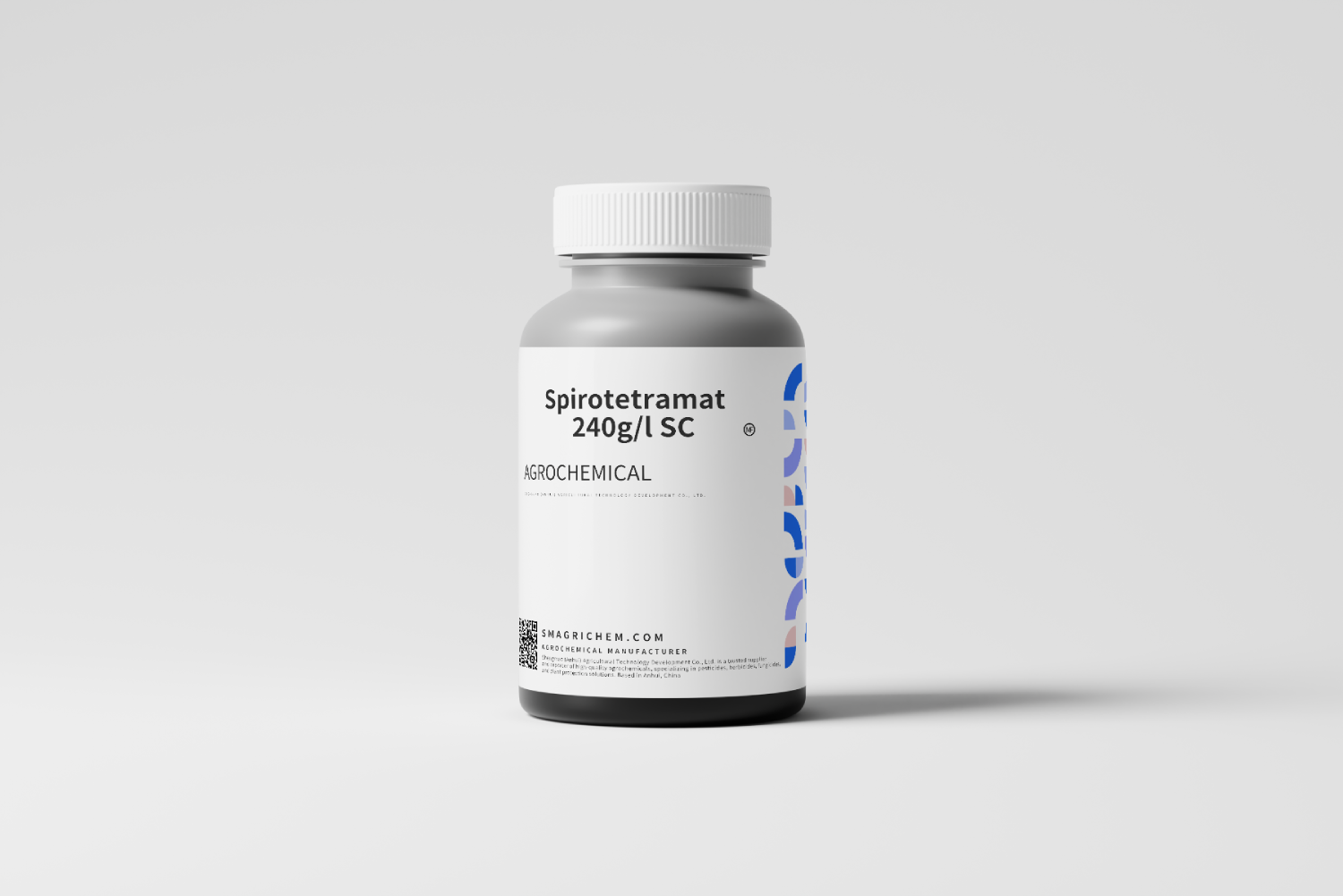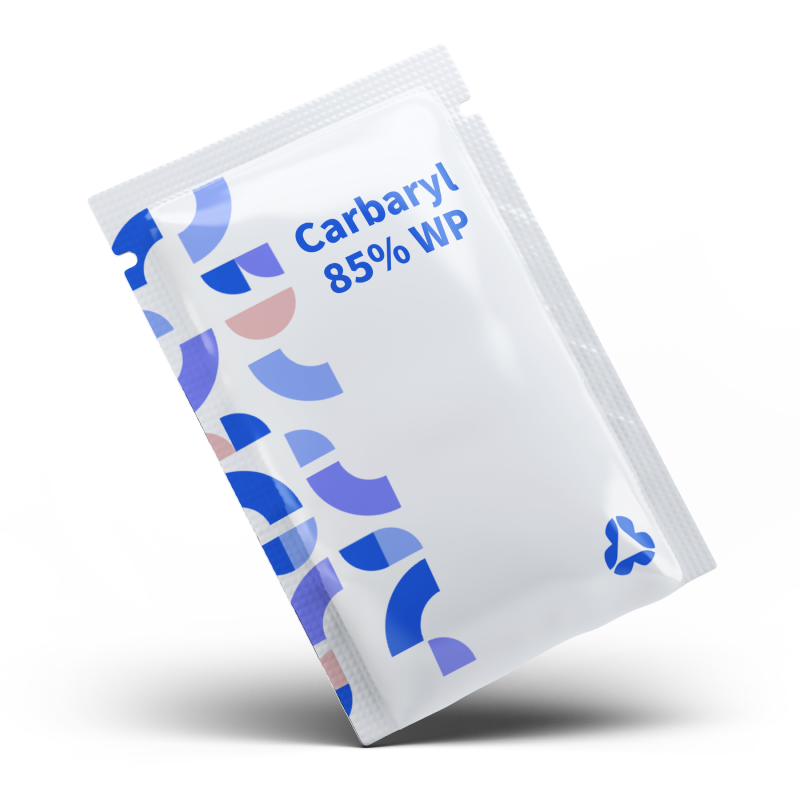Active Ingredient: Spirotetramat
CAS Number: 203313-25-1
Molecular Formula: C₂₁H₂₇NNaO₅
Mode of Action: Inhibits lipid biosynthesis in pests, disrupting nymph/larval development. Systemic bidirectional movement (acropetal/basipetal) protects all plant parts.
IRAC Group: 23 (unique mode of action for resistance management)

Bifenazate 20% + Spirodiclofen 10% SC
Bifenazate 20% + Spirodiclofen 10% SC is a high-performance miticide formulated as a Suspension Concentrate (SC). This synergistic blend of Bifenazate and Spirodiclofen offers a



